In Vietnamese literature in the early 20th century, Tan Da emerged as a bright star, both unique and full of creative ability. He was a liberal writer, active in many fields, leaving behind many works of many genres. Tan Da was once the editor-in-chief of Huu Thanh magazine and An Nam magazine . With romantic poems and wild, individualistic ideas, he was considered the one who prepared for the birth of new poetry in Vietnamese literature, the "bridge between the two periods of classical and modern literature". In addition to composing poetry, Tan Da was also good at translating Tang poetry into six-eight poetry and was known as the best translator of Tang poetry into Vietnamese.
The period from 1915 to 1926 was the most successful years of Tan Da. In 1915, his first book was published, causing a great stir, the poetry collection " Block of Love I" . After that success, he immediately wrote the book "Giac Mong Con" and a number of plays. In 1917, Pham Quynh founded Nam Phong magazine , and Tan Da's articles were published in this magazine from the first issue. From 1919 to 1921, Tan Da wrote a series of books, stories, and poems. In 1922, he founded his own publishing house "Tan Da Thu Diem". Here, all the important books in Tan Da's career were published and reprinted. In 1941, Hoai Thanh and Hoai Chan published the famous Vietnamese Poets , respectfully placing Tan Da in the chair of "master" of the Tao Dan Association, on the first pages, as a pioneer for Vietnamese poetry to enter a new beautiful period.
Sharp journalist
Tan Da was not only a prominent poet and writer in the transitional period between medieval and modern literature, but also one of the sharpest and most influential journalists before the August Revolution. He left many marks on the Vietnamese press in the early 20th century thanks to his distinctive writing style imbued with literary and national spirit. Tan Da made many great contributions to the field of journalism, being a key writer for many famous newspapers. Tan Da worked with many major newspapers in the North and Central regions such as Dong Duong magazine, Phong Hoa, Ngay Nay, Nam Phong, and especially became the editor-in-chief and founder of An Nam magazine in 1926. He wrote in many genres: editorials, essays, gossip, research, political and social commentary, satirical poetry, etc. His articles often had a poetic quality, a deeply satirical tone, and strong social criticism. Tan Da was also the one who contributed to bringing literature into journalism and was the first person to have a clear awareness of combining literature and journalism, making journalism not only a means of transmitting information but also a place to cultivate aesthetic emotions and humanistic thoughts. Therefore, journalism through Tan Da's hands is both easily accessible to the masses and has enough depth to move the intellect and emotions of readers.
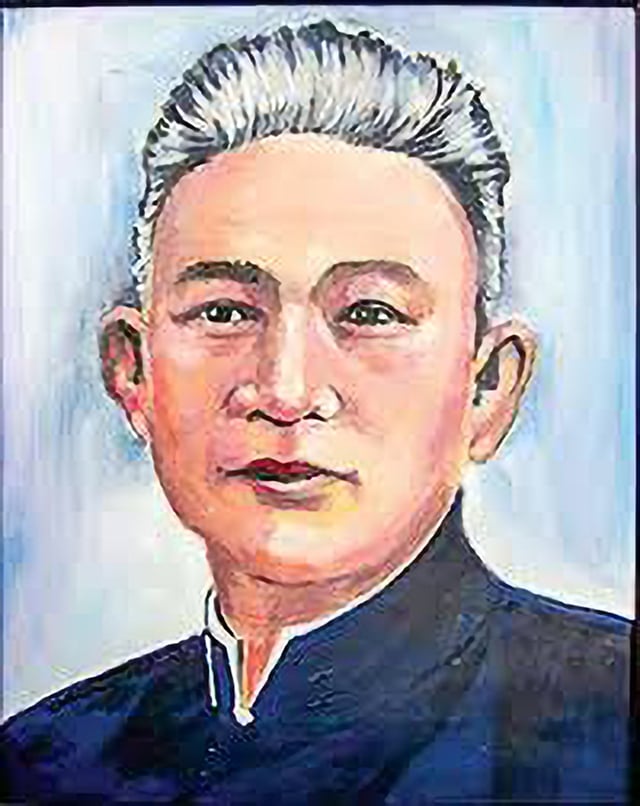
Writer Tan Da
PHOTO: TL
Tan Da's articles carry a deep voice of social criticism. Through the press, he repeatedly criticized the colonial and feudal regimes, exposed social injustice, condemned backwardness, superstition, and conservatism among the mandarin class. He used the press as a tool to awaken people's knowledge and arouse patriotism, typically in the articles I Pulled a Cart, Pen War with Pham Quynh, Feelings of Nam Phong... Tan Da's articles are often full of literature, witty, humorous, but contain profound observations about people and current events. He often uses wordplay, figurative comparisons, and sometimes incorporates poetry into the articles, making the writing style lively and emotional.
Tan Da's journalistic language is intimate and clearly personal. He does not follow a rigid, formulaic writing style. His writing is imbued with a "free and amateur" style, very ordinary and natural, like a confession to the reader; his way of titling and introducing articles often arouses curiosity, easily attracting readers from the first sentence.
In his articles, Tan Da flexibly combined commentary and storytelling. He did not write as a simple messenger, but always incorporated his thoughts, emotions, and even philosophy of life into them. His articles were often like short essays, full of literary quality, creating an unforgettable impression. Journalism lessons from Tan Da's style show that journalism needs the culture and personality of the writer. He proved that a good journalist not only needs knowledge of current events but also a literary soul, patriotism, and the courage to debate. He also honored literary quality to beautify and deepen the language of journalism.
Tan Da elevated the article from a tool for conveying information to a means of expressing emotions, thoughts and ideals in life. He also emphasized honesty and integrity in the pen. Tan Da was not afraid to clash with great contemporary writers if he felt it was necessary to protect truth and reality. This is a great lesson in professional ethics in journalism. It can be affirmed that Tan Da is a symbol of a generation of transitional intellectuals, using his pen to fight and debate. His contributions to the field of journalism do not stop at the number of articles but also in the way he shaped the role of journalists as artists, soldiers and thinkers. Tan Da's unique, profound and close writing style is still a valuable source of inspiration for generations of modern journalists. (continued)
Source: https://thanhnien.vn/tan-da-cay-but-bao-chi-co-suc-anh-huong-sau-rong-185250613214639221.htm









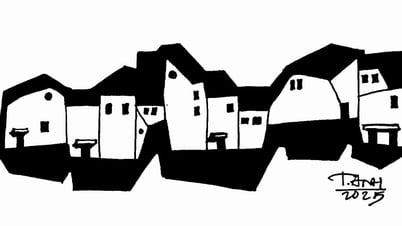




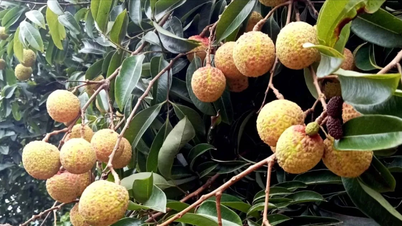







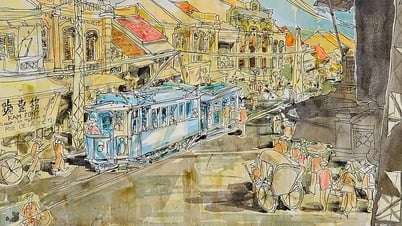


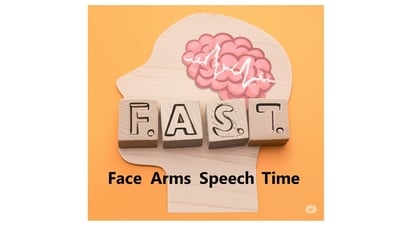






























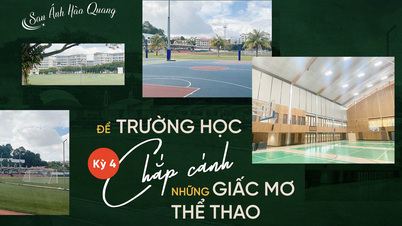









































Comment (0)